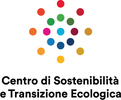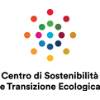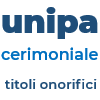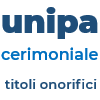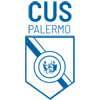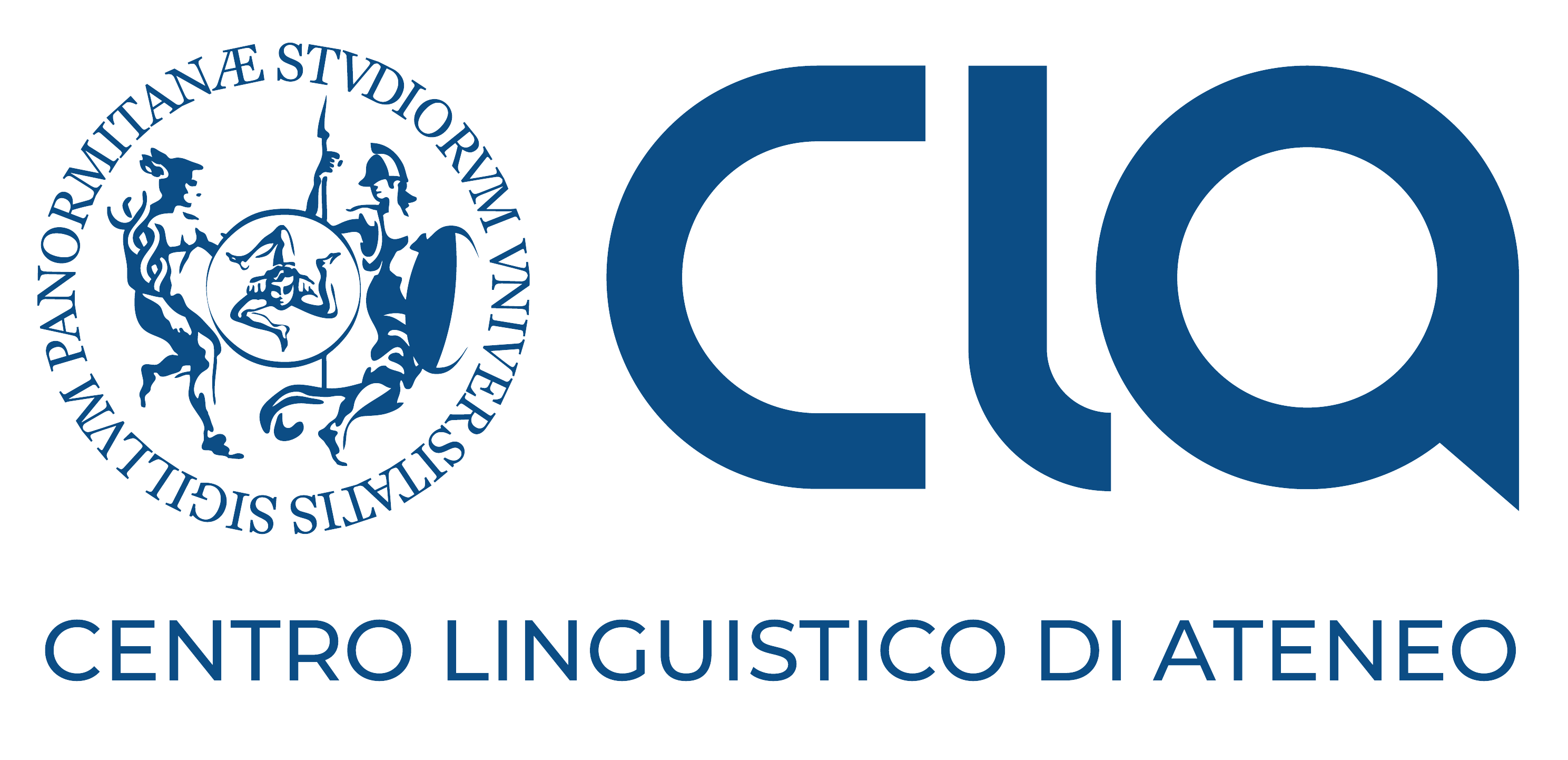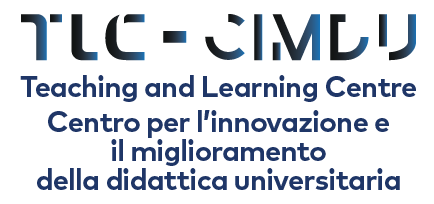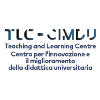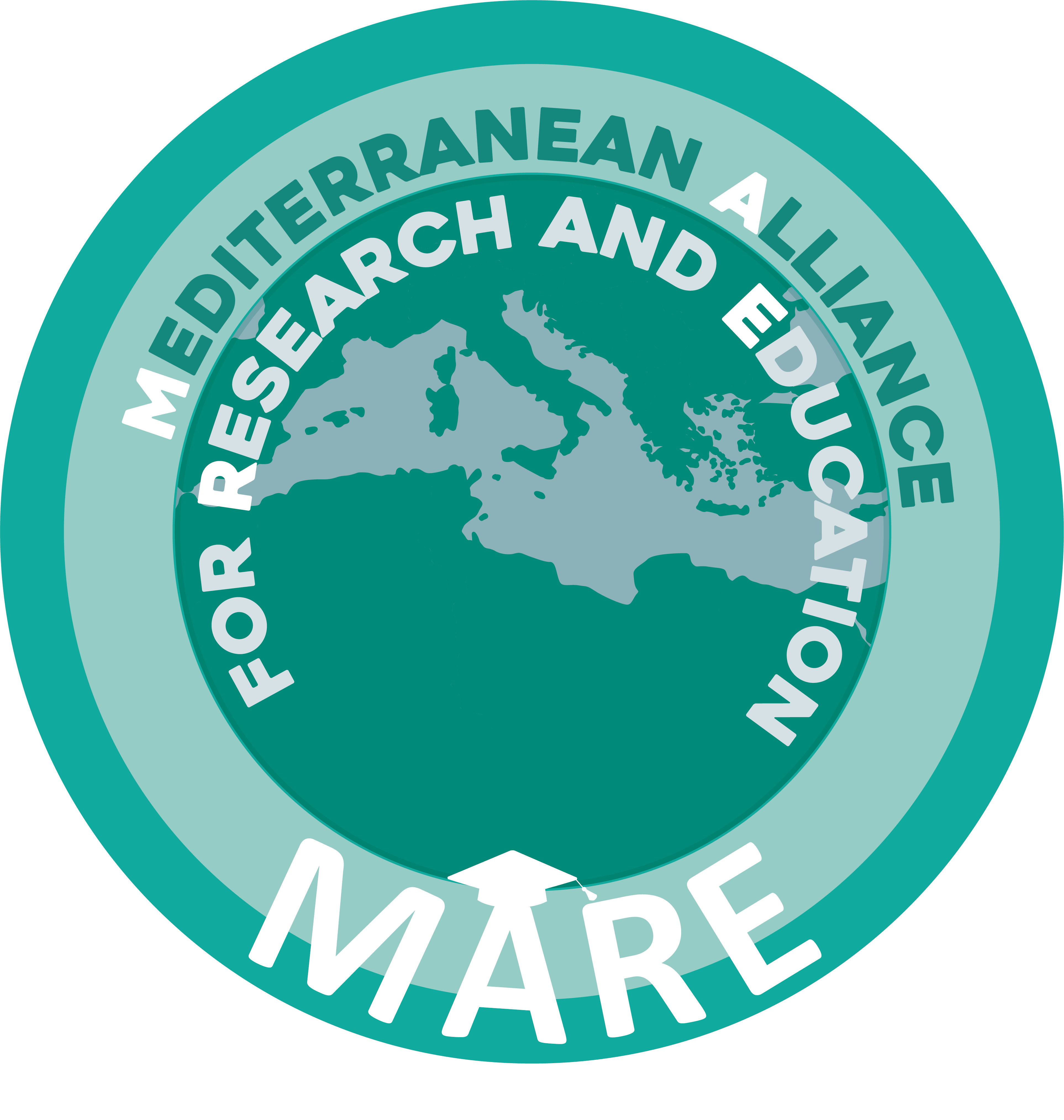RELUIS FRCM
Attuazione Progetto Esecutivo Accordo DPC/ReLUIS 2019-2021 – WP14_Contributi normativi relativi a materiali Innovativi per Interventi su Costruzioni Esistenti – Periodo: triennio 2019-2021 in rinnovo
Responsabili: Proff. Lidia La Mendola e Giovanni Minafò
Obiettivi del progetto e descrizione delle attività
Il progetto riguarda la caratterizzazione costitutiva dei materiali compositi a matrice inorganica FRCM (Fabric Reinforced Cementitious Matrix) e la valutazione della loro efficacia per interventi di rinforzo strutturale, con particolare riferimento alle strutture esistenti in muratura. Il progetto si inquadra in una attività condotta a livello nazionale dal consorzio Reluis (REte dei Laboratori Universitari di Ingegneria Sismicae strutturale) in accordo con il Dipartimento di Protezione Civile e vede coinvolto il gruppo di lavoro del settore “Tecnica delle Costruzioni” dell’Università di Palermo.
Con riferimento alla caratterizzazione del rinforzo, l’Unità di Ricerca (UR) si occupa di studiare il comportamento a trazione degli FRCM sia da un punto di vista teorico che da un punto di vista sperimentale. Lo studio condotto avviene valutando le possibili variabili in gioco, come le caratteristiche fisico-meccaniche della matrice, la tipologia di tessuto impiegato, la percentuale geometrica di rinforzo e le tipologie di set-up sperimentali adottate. L’obiettivo della modellazione è quello di ottenere la risposta a trazione del rinforzo, nonché quello di cogliere il quadro fessurativo, confrontando la risposta ottenuta per via numerica o analitica con i risultati sperimentali. Oltre alla caratterizzazione del comportamento a trazione, l’UR si occupa anche di studiare l’aderenza tra i compositi FRCM e i supporti in muratura. Sono state condotte alcune indagini sperimentali di double-shear pulling test seguite da analisi numeriche e modellazione analitica sull’aderenza tra FRCM e muratura, con particolare riferimento alla muratura di calcarenite con giunti in malta di calce.
Con riferimento alle applicazioni di rinforzo strutturale, l’UR si è occupata di studiare l’efficacia di interventi di confinamento con FRCM su elementi in muratura soggetti a compressione centrata. Lo studio avviene prevalentemente da un punto di vista sperimentale, attraverso test su colonne in muratura di calcarenite e giunti di malta. Le variabili studiate riguardano la composizione del rinforzo in termini di caratteristiche della matrice e tipologia di rinforzo impiegata. I risultati sperimentali sono successivamente interpretati attraverso alcune espressioni analitiche presenti in letteratura o nei codici normativi attualmente disponibili, al fine di valutare l’affidabilità di tali espressioni per la previsione dell’effetto di confinamento sulla muratura studiata.
Tutti gli studi condotti hanno come comune caratteristica quella di favorire l’impiego di fibre di estrazione naturale, come il basalto, al fine di suggerire interventi sia compatibili che sostenibili. I risultati delle deduzioni sperimentali, unitamente allo sviluppo di modelli analitici semplificati mirano a pervenire a proposte e modifiche delle attuali linee guida CNR DT 215 Istruzioni per la Progettazione, l’Esecuzione ed il Controllo di Interventi di Consolidamento Statico mediante l’utilizzo di Compositi Fibrorinforzati a Matrice Inorganica.
Parole chiave
FRCM; Rinforzo strutturale; muratura
Attuazione Progetto Esecutivo Accordo DPC/ReLUIS 2019-2021 – WP14_Contributi normativi relativi a materiali Innovativi per Interventi su Costruzioni Esistenti – Period: 2019-2021, renewing
Coordinators: Proff. Lidia La Mendola e Giovanni Minafò
Objectives of the project and description of the activities
The project deals with the constitutive characterization of composite materials with inorganic matrix, namely Fabric Reinforced Cementitious Matrix (FRCM), and the assessment of their efficacy for structural retrofitting applications, with particular reference to existing masonry buildings. The project is developed among a wider research activity carried out from the Reluis consortium (Italian Network of University Laboratories of Earthquake and Structural Engineering), in accordance with the National Department of Civil protection. The research group of Structural Engineering of University of Palermo is entirely involved in this task.
With reference to the mechanical characterization of the composite material, the research unit performs analytical and experimental studies on the tensile behaviour of FRCM strips. The study is performed by evaluating the possible key variables involved, such as the physical and mechanical properties of the matrix, the kind of textile employed, the geometrical ratio of reinforcement and the kind of of experimental set-up adopted. The target od the modelling is to obtain the tensile response of the FRCM and the evolution of the crack pattern, comparing the response obtained numerically or analytically with the experimental results.
In addiction to the mechanical characterization in tension, the research unit studies also the bond behaviour between FRCM composites and masonry support. On the basis of previous experience faced by the research group on the bond features of FRP-to-calcarenite masonry systems, experimental studies are carried out by adopting a new double-shear pulling test set-up. Tests are therefore followed by numerical simulations and analytical models able to predict the development of the stress field, focusing on calcarenite masonry.
The research unity focuses its activity also on structural retrofitting applications, especially on FRCM confinement applications on masonry members subjected to axial compression. The study is performed experimentally, by means of compressive test on scaled specimens with calcarenite units and lime masonry joints. The variables studied include the composition of the reinforcement in terms of kind of matrix, fabric and number of layers. The experimental results in terms of compressive strength and ultimate axial strain of confined masonry are assessed analytical with expressions available in the literature or in technical codes, aiming to evaluate the reliability of design-oriented formulations.
All the studies aim to suggest the adoption of natural fibres, such as basalt, for inspiring structural interventions with sustainable and recyclable materials.
The results of experimental studies and the development of simplified design-oriented expressions aims to propose modifications and provisions for the current Italian Guideline CNR DT 215 Italian Guideline for the design and construction of strengthening interventions with FRCM
Keywords
FRCM; structural retrofitting; masonry














